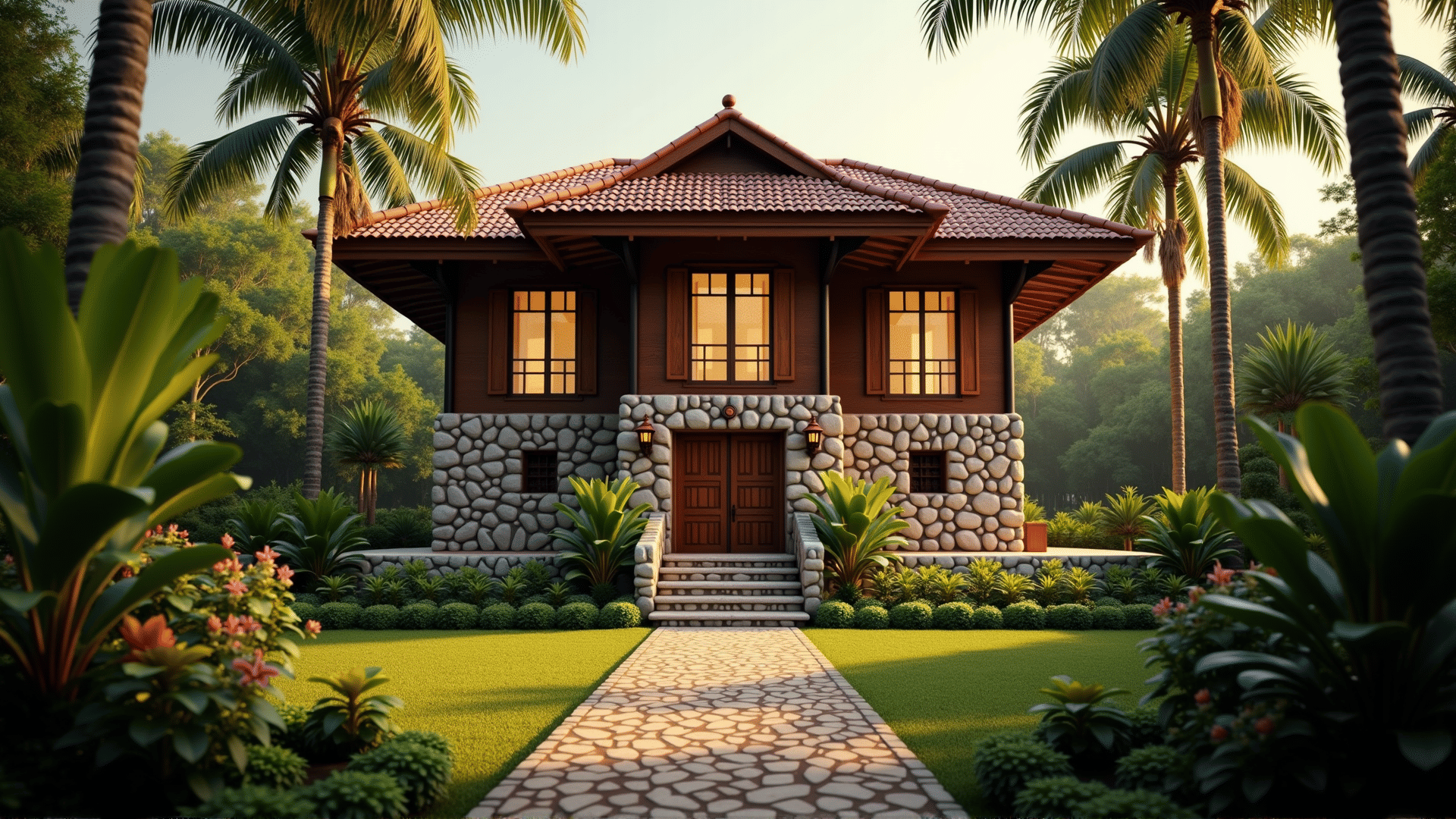Bahay na Bato, or "house of stone," is a quintessential architectural style that emerged in the Philippines during the Spanish colonial period. This iconic structure represents a fusion of indigenous Filipino architectural techniques and Spanish influences, symbolizing the adaptation and resilience of the Filipino people through centuries of cultural blend.
Characterized by its robust stone foundation, the Bahay na Bato was originally conceptualized as an evolution from the traditional nipa hut or "bahay kubo." The lower portion, constructed from stone or brick, provided a sturdy base resistant to natural elements, such as typhoons and earthquakes, making it particularly suitable for the tropical climate and frequent seismic activities in the region. Meanwhile, the upper portion was typically made of wood, allowing for better ventilation—a crucial feature in addressing the tropical heat.
One notable aspect of Bahay na Bato is its distinctive features, such as large windows with sliding panels made from capiz shells. These windows not only enhance the natural lighting and ventilation but also provide an elegant, diffuse light in the interior, creating an ambiance of tranquility and grace. The high ceilings and spacious rooms further reflect the architectural intent to keep the house cool, while allowing space for social gatherings and family events, which are central to Filipino culture.
Moreover, the intricately carved wooden details and the use of vibrant, locally-sourced materials showcase the artistry and craftsmanship of Filipino artisans. Such decorative elements are not merely ornamental; they also convey stories, beliefs, and traditions inherent to the local culture, making each Bahay na Bato unique to its owners' identity and heritage.
Beyond its physical allure, the Bahay na Bato stands as a testament to the country’s historical narrative. These houses were often the abode of the affluent during the Spanish era, serving both as residential and functional spaces, like community centers or spaces for conducting business affairs. They witnessed the evolution of social dynamics and cultural exchanges, serving as silent observers to significant historical events.
Today, many Bahay na Bato structures have been preserved or restored, standing proud as cultural landmarks. They offer a glimpse into the past, allowing current and future generations to explore a period where Eastern and Western influences coalesced. These heritage homes have been transformed into museums, cafes, and homestays, becoming crucial components of heritage tourism that help promote cultural understanding and appreciation.
Visiting a Bahay na Bato not only transports one to a different era but also fosters a deeper appreciation of the Filipino's architectural ingenuity and adaptability. These stone houses remain poignant reminders of how architecture can encapsulate the spirit of a nation, reflecting its past, celebrating its present, and inspiring its future.
